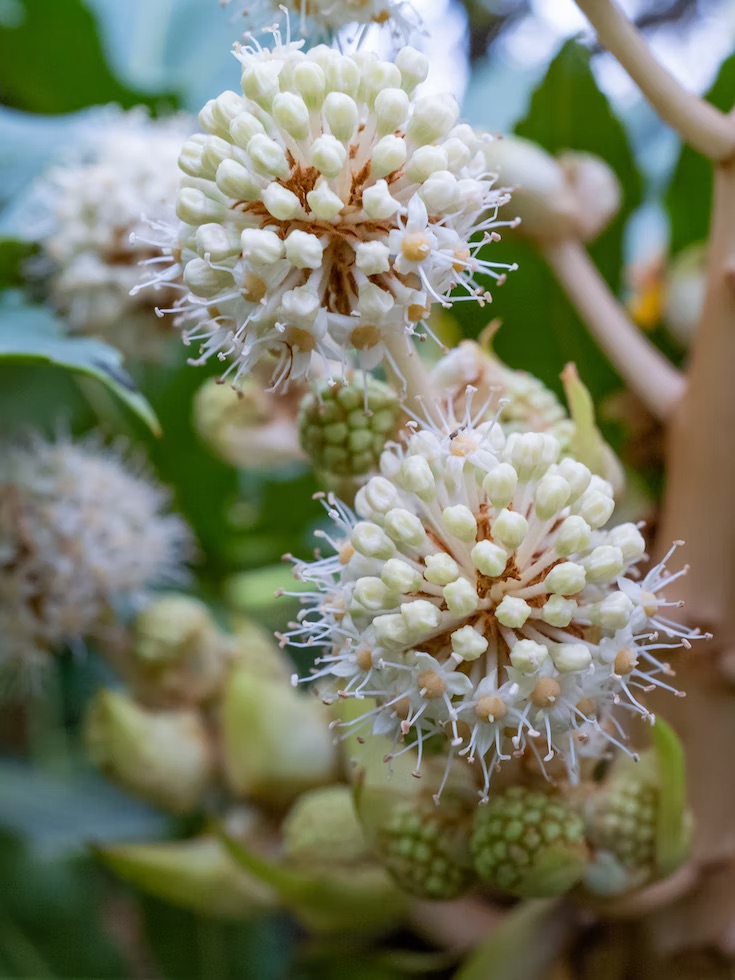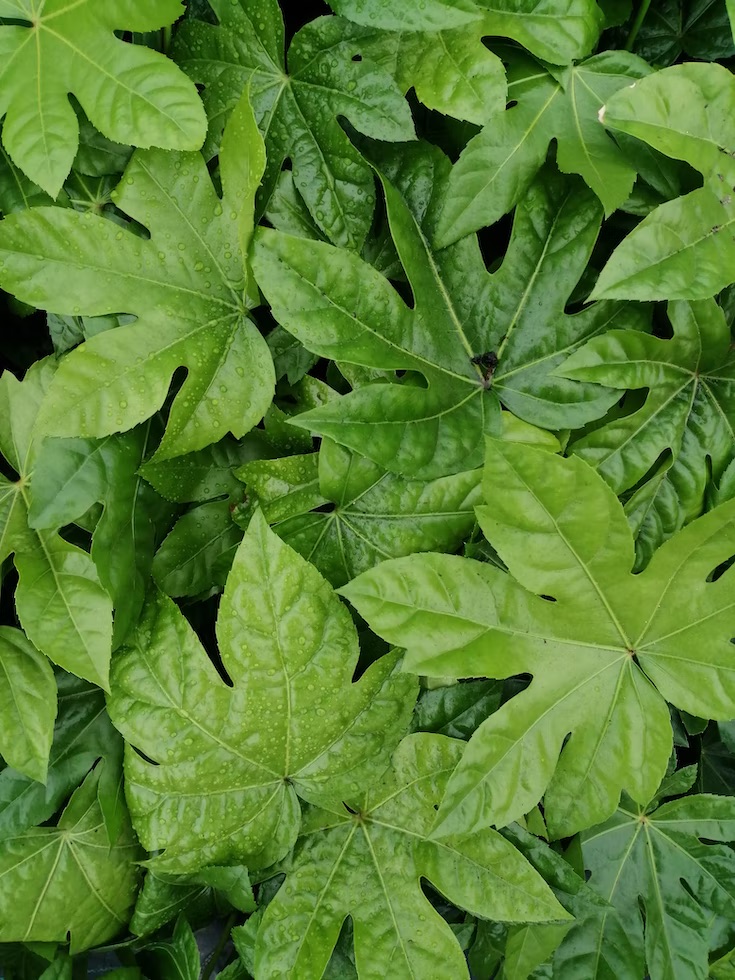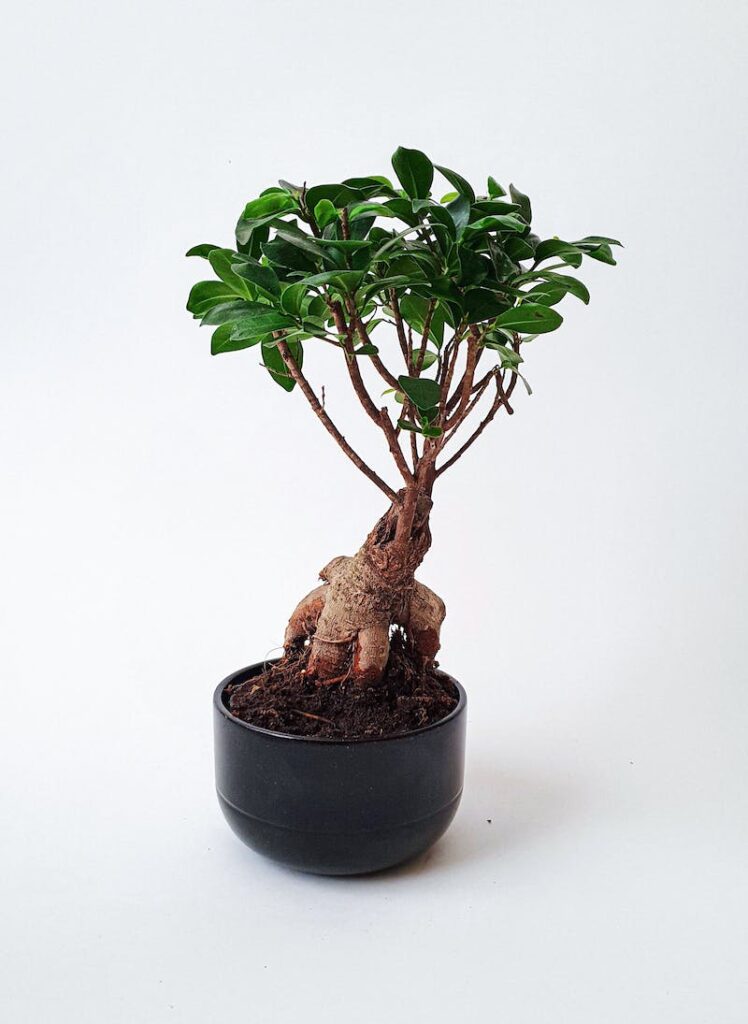Japan is home to a variety of beautiful and unique plants that can thrive indoors with proper care. Growing indoor plants from Japan is a great way to bring a touch of Japanese culture and nature into your home. In this article, we will explore some native Japanese plants that are well-suited for indoor growing.
Table of Contents
Bonsai Trees
Bonsai trees are a popular and iconic part of Japanese culture. These small trees are grown in pots and trained to stay small through pruning and wiring. Bonsai trees require a lot of care, but they can be very rewarding to grow. Some of the best bonsai trees for indoor growing include junipers, Chinese elms, and ficus.
Japanese Sago Palm
The Japanese Sago Palm is a slow-growing plant that is well-suited for indoor growing. This plant has a unique and exotic look, with a crown of large, feathery leaves that grow from a central trunk. The Japanese Sago Palm can grow up to 5 feet tall, but it can take many years to reach this height.
Japanese Peace Lily
The Japanese Peace Lily, or Spathiphyllum, is a popular houseplant that is native to Japan. This plant has dark green leaves and produces white flowers that bloom for several weeks at a time. The Japanese Peace Lily is easy to care for and can thrive in low-light conditions, making it an ideal indoor plant.
Japanese Aralia
The Japanese Aralia, or Paperplant (Fatsia japonica), is a large, tropical plant that is commonly grown indoors. This plant has large, glossy leaves that can grow up to a foot across. The Japanese Aralia is a fast-growing plant that can reach heights of up to 8 feet (2.4 metres) if given enough space.


Japanese Holly Fern
The Japanese Holly Fern, or Cyrtomium falcatum, is a low-maintenance indoor plant that is native to Japan. This fern has dark green leaves that can grow up to 2 feet (0.6 metres) long. The Japanese Holly Fern is well-suited for indoor growing because it can tolerate low-light conditions and fluctuating temperatures.
Japanese Spider Plant
The Japanese Spider Plant, or Chlorophytum comosum, is a popular indoor plant that is native to Japan. This plant has long, narrow leaves that grow in a rosette formation. The Japanese Spider Plant is easy to care for and can thrive in a wide range of conditions.
Japanese Aucuba Laurel
The Japanese Aucuba Laurel, or Aucuba japonica, is a shrub-like plant that is well-suited for indoor growing. This plant has large, glossy leaves that can be variegated with yellow or white. The Japanese Aucuba is a slow-growing plant that can reach heights of up to 6 feet (1.8 metres) if given enough space.
Tips for Growing Indoor Plants from Japan
Growing indoor plants from Japan requires some special care and attention. Here are some tips to help you keep your plants healthy and thriving:
- Provide the Right Lighting: Most indoor plants from Japan prefer bright, indirect light. Be sure to place your plants near a window where they can get plenty of sunlight without being exposed to direct sunlight.
- Water Regularly: Most indoor plants from Japan prefer to be kept moist but not wet. Be sure to water your plants regularly, but do not over-water them as this can cause root rot.
- Use Well-Draining Soil: Most indoor plants from Japan prefer well-draining soil that is rich in organic matter. Be sure to use a potting mix that is specifically formulated for indoor plants.
- Fertilise Occasionally: Most indoor plants from Japan do not require frequent fertilisation. However, you can fertilise your plants occasionally with a balanced fertiliser to promote growth
- Maintain proper humidity: Indoor plants from Japan prefer a humid environment, so consider using a humidifier or placing a tray of water near your plants to help maintain humidity levels.
- Prune regularly: Regular pruning can help keep your indoor plants from Japan healthy and encourage new growth.
- Check for pests: Indoor plants from Japan can be susceptible to pests such as spider mites and mealybugs. Check your plants regularly for signs of infestation and treat them promptly if necessary.
By following these tips and researching the specific needs of each plant, you can successfully grow beautiful and healthy indoor plants from Japan in your home.
Conclusion
Growing indoor plants from Japan can be a rewarding experience, bringing a touch of nature and culture into your home. To ensure the success of your indoor plants, it’s important to provide them with the proper care and attention they require. This includes providing them with the right lighting, regular watering, well-draining soil, occasional fertilization, proper humidity, regular pruning, and checking for pests. By following these tips and researching the specific needs of each plant, you can create a beautiful and healthy indoor garden full of Japanese plants that will thrive in your home. Not only will these plants add aesthetic value to your living space, but they can also provide a sense of calm and tranquility as you tend to them and watch them grow.






